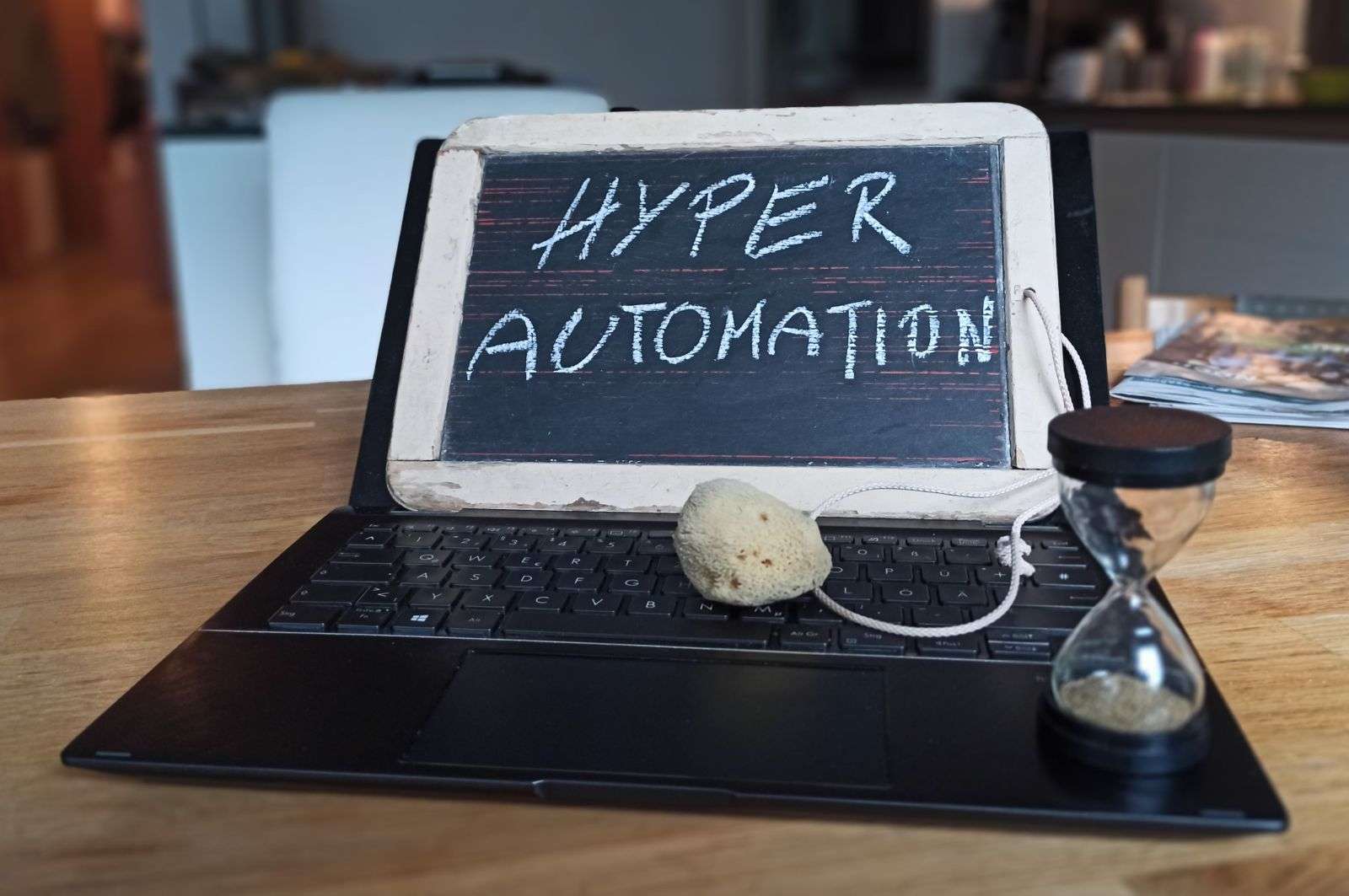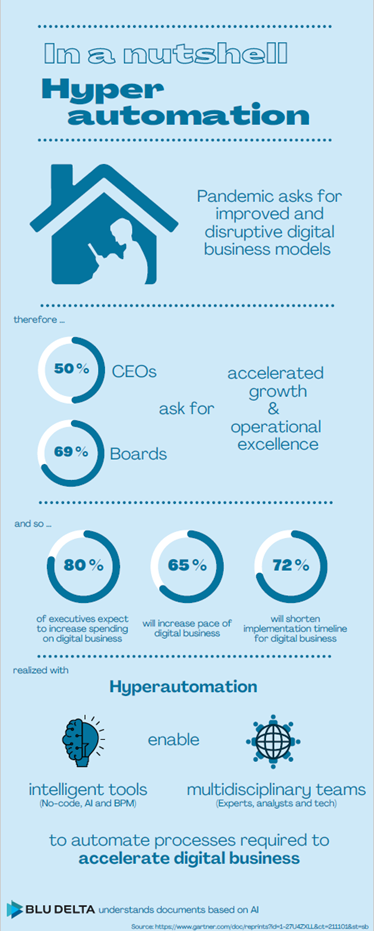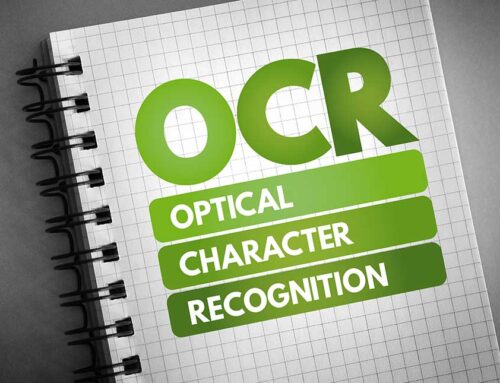Hyperautomation is the name of the “new” hype that Gartner reveals to us in their current Trend Report 2022. You can find out why this is needed, what it means and how it is related to document capturing in the following article.

Hyperautomation - what for?
Business perspectives have changed. While many IT projects were still about cost savings before the pandemic, today it is more about accelerating digitization. The pandemic has made digitization a necessity. In addition to the internal processes, the focus is now primarily on the accelerated implementation of new digital business models. The enormous variety of offers does the rest and forces companies to continuously introduce new, innovative, and disruptive business models.
Hyperautomation: The core problem
On the other hand, there are rigid organizations and only partially digitized processes. In addition, there is a shortage of IT specialists on the market which does not provide the IT resources required for automation.
Hyperautomation - digital acceleration through empowerment and AI
A key part of hyperautomation is the "IT fusion kitchen". A multidisciplinary development team of IT technicians, subject specialists and analysts paired with intelligent tools (also democratized technology) that enable the team to automate processes themselves. Thus, the implementation of the digital transformation is brought closer to the department to accelerate the digital transformation with shorter decision-making processes and lower IT resource requirements. Tools available to the fusion teams are e.g., intelligent AI assistants and services, RPA, no-code, or business process management tools.
Automated document processing plays a key role here
It is not important to set this up as a one-off project, but to establish hyperautomation as a sustainable concept and anchor it in the long term. It is about using digitized information from documents and artefacts in a wide variety of departments with the lowest possible frictional losses in the process. For unstructured data to be processed by RPA, No-Code & Co, it must be "understood" and structured by an AI system.
In the last two years, innovative AI thought and technology leaders have been able to make great progress here thanks to latest AI research and its adoption for the industry. Especially latest transformer architectures in combination with NLP (such as BLU DELTA Typhon) and relentless data-driven development have been taking the lead since 2020.
Thanks to the automation at the task level, these new methods not only guarantee high cost savings, but also enable new digital business models. At the same time, this results in a healthy database for viable "real-time" decisions at management level. The following hyperautomation infographic outlines again the amplifying effect of the pandemic and how hyperautomation can help.
BLU DELTA is a product for the automated capture of financial documents. Partners, but also finance departments, accounts payable accountants and tax advisors of our customers can use BLU DELTA to immediately relieve their employees of the time-consuming and mostly manual capture of documents by using BLU DELTA AI and Cloud.
BLU DELTA is an artificial intelligence from Blumatix Intelligence GmbH.

Author: Christian Weiler is the former General Manager of a global IT company based in Seattle/US. Since 2016, Christian Weiler has been increasingly active in the field of artificial intelligence in a variety of roles and has been part of the management team of Blumatix Intelligence GmbH since 2018.
Contact: c.weiler@blumatix.com






